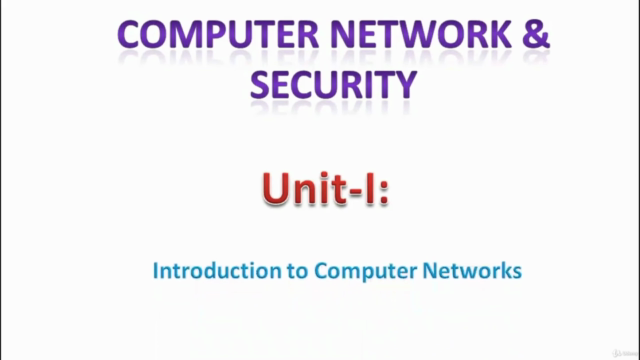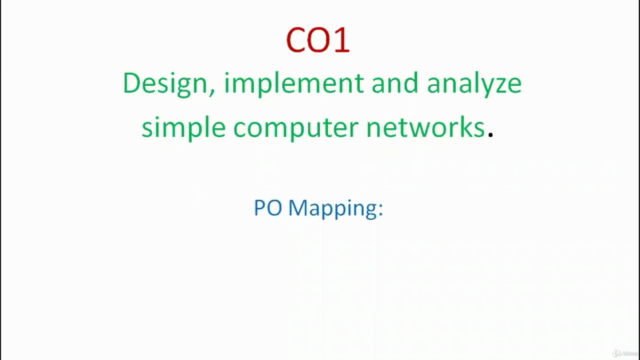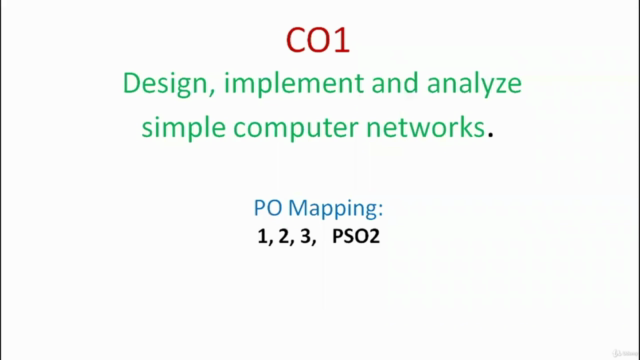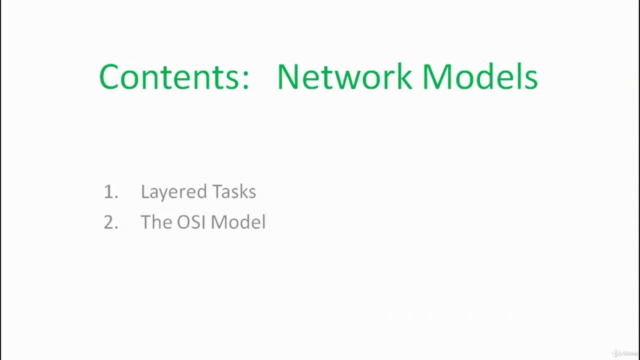Basics of Computer Networking and Fault finding

Why take this course?
Master the Basics of Computer Networking and Fault-Finding with Our Comprehensive Online Course! 💻✨
Course Instructor: Ramesh Khinde
Course Title: Basics of Computer Networking and Fault Finding
Headline: Learn Fundamentals of Computer Networks and Design Your Own Reliable Networks!
Course Description:
Dive into the world of computer networking with our expert-led online course, where you'll master the basics and understand the intricacies behind designing and maintaining robust networks. Whether you're a beginner or looking to enhance your skills, this comprehensive guide will equip you with the knowledge needed to navigate the complex landscape of network architecture and protocols.
What You'll Learn:
1. Introduction to Computer Networks
- Explore the history, evolution, and importance of computer networks in modern society. 📚
2. Core Networking Concepts:
-
Network Architectures and Protocol Layers: Get a deep understanding of how different layers serve specific functions within the network stack and their impact on service models.
-
Network Applications:
- Discover protocols such as HTTP, FTP, SMTP, and learn how they facilitate communication across the web. 🌐
- Understand the mechanics of Peer-to-Peer File Sharing Protocols and how they contribute to network architecture.
- Learn about ISPs, DNS, and how they shape internet connectivity.
- Dive into Socket API and network socket programming to build your own client-server applications.
3. Transport Layer Protocols:
- Delve into the differences between reliable (like TCP) and unreliable (like UDP) transport protocols.
- Explore port numbers, multiplexing, flow control, congestion control, and the principles of fairness.
- Analyze delay, jitter, and packet loss in network performance.
- Discuss bandwidth, throughput, and the importance of quality-of-service (QoS) in a network. 🔧
4. Network Layer Services and Protocols:
- Study the switching fabric and its role in routing decisions.
- Learn about routing algorithms such as LS, DV, RIP, OSPF, and BGP.
- Understand the nuances of broadcast, multicast, and handling mobility within networks. 📶
5. Data Link Layer Protocols:
- Examine link-layer protocols like Ethernet, hubs, bridges, switches, and their addressing schemes.
- Discover error detection and correction methods like parity, checksumming, and CRC. 🛠️
- Explore advanced topics such as Manchester encoding, ATM, MPLS, IEEE 802.11 wireless LANs, and multiple-access protocols.
6. Physical Layer Services and Systems:
- Get to know the different types of physical media used in networking.
- Learn about bit transmission techniques, frequency division multiplexing (FDM), and time division multiplexing (TDM). 📡
Why Enroll in This Course?
- Expert Instruction: Ramesh Khinde brings years of experience to the table, ensuring you receive the most accurate and up-to-date information.
- Real-World Applications: Apply your knowledge with hands-on practice and case studies that mirror real-world scenarios.
- Interactive Learning: Engage with fellow learners through forums, quizzes, and interactive assignments to solidify your understanding.
- Flexible Learning: Learn at your own pace, on your own schedule, with 24/7 course access from anywhere in the world.
- Career Advancement: Strengthen your resume with in-demand skills that can lead to career opportunities in IT and networking fields.
Get Started Today and Become a Networking Expert Tomorrow! 🚀
Join us on this journey to understand the backbone of the internet and how to keep it running smoothly. With our detailed course outline, engaging content, and expert guidance, you'll be well-equipped to tackle any networking challenge that comes your way. Sign up now and take the first step towards mastering computer networks! 🌟
Enroll in "Basics of Computer Networking and Fault Finding" today and transform your understanding of network systems, design, and troubleshooting. Let's connect, learn, and grow together in the ever-evolving digital world!
Course Gallery




Loading charts...